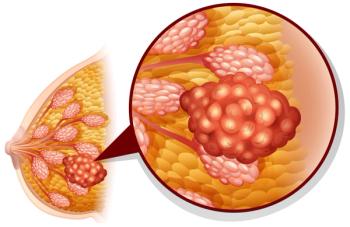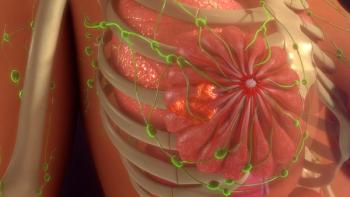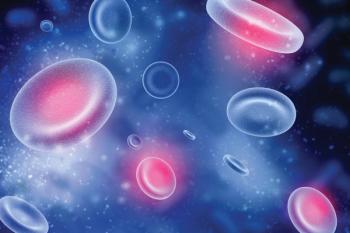
Healthcare reform, unveiled, finally
Four months after House Speaker Nancy Pelosi declared “We have to pass the bill so you can find out what’s in it,” a congressional panel has released the first chart illustrating the 2,801 page health care law President Obama signed into law in March. Check out the video…
Four months after House Speaker Nancy Pelosi declared “We have to pass the bill so you can find out what’s in it,” a congressional panel has released the first chart illustrating the 2,801 page health care law President Obama signed into law in March. Check out the video…
In this
One of the most pressing and heretofore unanswered questions is how the proposed $500 billion cuts will to Medicare affect cancer patients, the majority of whom are beneficiaries of the program. Then there is the nagging and maddening issue of getting fair compensation for the intricate services performed in the oncology clinic…
Look here for
On July 1, the Centers for Medicare and Medicaid Services (CMS) released its proposed physician fee schedule for 2010, which includes a 6% cut in Medicare payments for medical oncology services. This cut is on top of a scheduled 21% reduction to the Medicare conversion factor due to the flawed sustainable growth rate (SGR) formula.
While Congress has indicated a willingness to provide a fix to the SGR to avert the 21% reduction, it is unclear how or when this would happen. Even taken alone, the 6 percent cut in overall payment, if implemented, would severely hamper the ability of oncologists to continue providing care to people with cancer.
The editors of Practice & Policy welcome comments from our viewership. Please forward any comment or editorial you wished published to
Newsletter
Stay up to date on recent advances in the multidisciplinary approach to cancer.



















































































